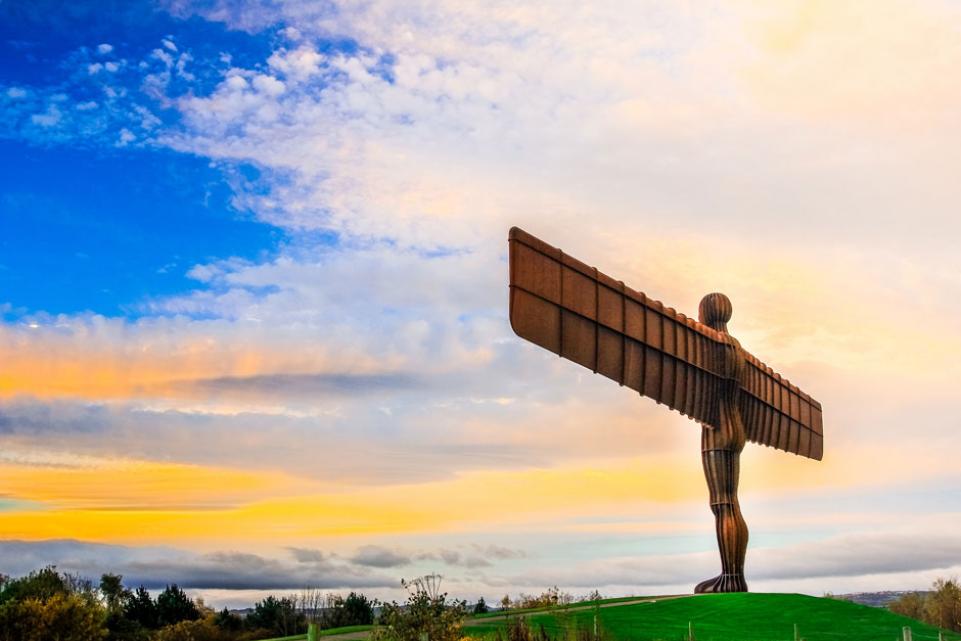What is place branding for and why is it important?
What is place branding for?
A strong place brand should be at the heart of any communication strategy that aims to support the well-being and economic development of the place that it serves.
Place branding can support a number of key corporate objectives for any council, most of which are firmly linked to economic development and the support you provide to local businesses. You may wish to:
- Promote the place as a visitor destination
- Attract new businesses and inward investment
- Attract new people/families to live in the area
- Support a particular regeneration project
- Promote civic pride amongst existing residents
- Encourage local people to spend more time and money in the area
Your place branding aspirations are likely to include some or all of these, and it is important to identify which are most important, at an early stage in your project.
Why is place branding important?
Local government has been doing this kind of work for years, especially in the tourism field, but it is about to become even more important. With full business rates retention on the near horizon, the support that we, as councils, provide to our business base will come into sharp focus. Our relationship with them will become as important as that we have with our residents. They will expect more from us, and rightly so. Place branding, destination marketing, all those things that bring people and money into an area will be vital to that relationship. Also, and of equal importance, is economic growth. For councils to thrive financially they will need to be attracting new business, jobs, and inward investment into their areas, and to do that they will need to be competing with other similar areas for the same business, the same jobs and the same investment. Those places with a clear sense of identity and a strong, confident story to tell will have a huge advantage in that competition.
Place branding is important because it helps us to:
- Create jobs and opportunities for our residents
- Support the growth of our business base
- Support local services through increased business rates
- Support the visitor economy and a vibrant local cultural offer
- Change the reputation of an area
- Make our places better, which is at the heart of everything we do
What should a place brand be?
A successful place brand should be authentic and realistic. It should reflect something of the essence and truth of the place it seeks to describe. It should not over-claim or make grandiose statements that will provoke a cynical response from residents, but should at the same time be optimistic and positive. It should be flexible to be used across a broad range of contexts, materials and circumstances. It should have buy-in from a broad range of stakeholders, both inside and outside the council. That does not mean that everyone has to like it, or that you have to consult everyone, but it needs a broad base of support and political backing.
What is the difference between council brand and place brand?
Place brand and council brand are two very different things and are too frequently confused.
- Your council brand is that of your organisation and the services it provides. Council brand should encapsulate the values of that organisation and reflect leadership, accountability and ownership of those services. It is the visual expression of the relationship between the council and its citizens.
- Your place brand is about the place or places that the council serves. It is not about the council, its partners, or individual businesses.
It is difficult for one brand to do both things. Keeping them separate is vital for a clarity of understanding about what you are doing, and what you are trying to achieve. Also, it is worth bearing in mind that council rebrands can tend to attract unwanted media attention and accusations of money wasting. A pure place branding project is far less likely to attract such negative attention, and also far more likely to attract co-funding from outside the council.
Just because the emphasis is on place, it does not mean the council needs to shut itself out. Part of your role is place leadership and it is important that that is not overlooked. It's also important that, where the two things intersect – for example in a destination marketing exercise that encompasses council-run attractions – that the council's own service brand is not subsumed.
Your council will clearly want to be associated with a great place branding project, and the distinction between place and council brand doesn't mean that the two should not be used together in a complimentary way, only that the demarcation should be clear, and clearly understood by everyone using the brands.
This can be a tricky area but clear branding protocols will ensure that the council can always take credit for its work in this area, and that a place brand never eclipses the council's own brand, particularly with relation to its own services. In the end though, they are two different things, telling different stories albeit with important common ground.
Keep your objectives and audiences firmly in mind. Be flexible and remember that if the council is leading this project and the brand ‘belongs' to the authority, it will, in time, become as important a tool as the council's service brand. Also bear in mind other ways in which the council can show place leadership – like using key elected figures as spokespeople for your place campaign.

